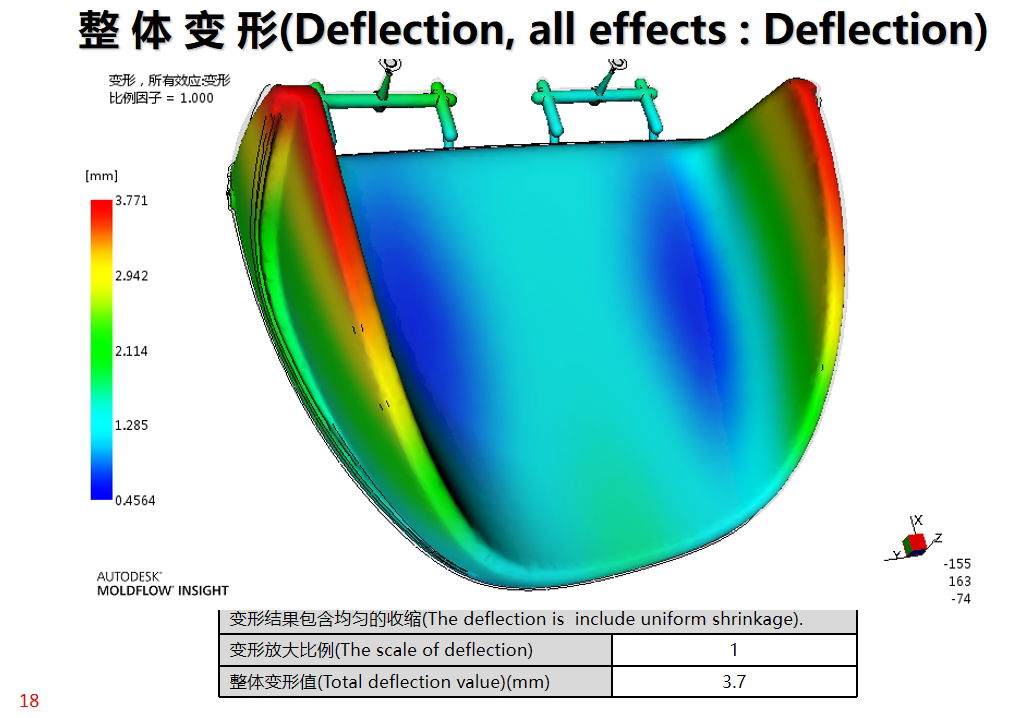From Design to Production: How to Optimize the Development Cycle of Plastic Parts
In modern manufacturing, plastic parts are widely used in industries such as automotive, electronics, medical, and consumer goods. For companies, shortening the development cycle, improving production efficiency, and ensuring product quality are key challenges. This article explores the entire process from design to production and shares strategies to optimize the development cycle of plastic parts.

1. Rational Product Design: Reducing Development Time from the Start
A well-thought-out design in the early stages can significantly reduce later modifications and trial-and-error costs.
1.1 Apply DFM (Design for Manufacturing) Principles
DFM helps engineers consider manufacturability during the design phase, preventing costly modifications later. Key aspects include:
- Reducing unnecessary complex structures: Optimize draft angles and minimize deep slots or overly thin walls to improve injection efficiency.
- Optimizing wall thickness: Uniform wall thickness helps reduce shrinkage, warping, and other defects, ensuring high-quality molding.
- Avoiding sharp corners and stress concentration: Rounded transitions reduce fracture risks and improve product durability.
1.2 Use CAE Simulation to Minimize Mold Trials
CAE (Computer-Aided Engineering) simulation, such as Moldflow analysis, predicts melt flow, cooling time, and shrinkage deformation. By optimizing the design before production, companies can reduce mold trial costs and time.
2. Optimizing Mold Manufacturing to Improve Development Efficiency
2.1 Choosing the Right Mold Material
Mold lifespan and performance depend on material selection. Common mold steels include:
- P20 (Pre-hardened Steel): Suitable for medium-scale production with a balanced cost-performance ratio.
- H13 (Hot Work Tool Steel): Resistant to high temperatures and wear, ideal for long-term production.
- S136 (Stainless Steel Mold Steel): High corrosion resistance, ideal for medical and food industry applications.
2.2 Using Rapid Mold Manufacturing Techniques
- Aluminum molds: Cost-effective and fast for low-volume production.
- 3D-printed molds: Useful for prototype validation, reducing CNC machining time.
- Adjustable molds: Allow minor modifications without changing the entire mold structure, improving trial efficiency.
2.3 Implementing Concurrent Engineering to Reduce Waiting Time
Concurrent engineering involves parallel processes in design, mold manufacturing, and material procurement instead of the traditional sequential approach, significantly shortening the development cycle.
3. Improving Injection Molding Efficiency
3.1 Selecting the Right Injection Molding Process
Different molding techniques affect production speed and quality. Common methods include:
- Conventional injection molding: Ideal for mass production with stable cycles.
- Two-shot molding: Enhances product aesthetics by using multiple materials or colors.
- Gas-assisted injection molding (GAIM): Reduces material usage and cooling time.
3.2 Implementing Automation for Higher Efficiency
- Robotic part removal: Reduces manual handling and ensures consistency.
- Hot runner systems: Minimize material waste and accelerate cycle times.
- Smart monitoring systems: Track temperature, pressure, and other parameters in real-time to reduce defect rates.
4. Fast Testing and Smooth Transition to Mass Production
4.1 Rapid Verification in the Pilot Production Stage
Before full-scale production, pilot runs help detect and resolve issues early:
- Small-batch trial production: Uses soft molds or rapid tooling for early validation.
- Functional testing: Evaluates dimensional accuracy, mechanical strength, and durability.
- User testing: Involves end-users to gather feedback and refine the design.
4.2 Adopting Flexible Production Strategies
- Modular mold design: Interchangeable mold inserts accommodate different product variations.
- Smart manufacturing systems: MES (Manufacturing Execution Systems) help monitor production progress in real time, improving management efficiency.
Optimizing the development cycle of plastic parts requires improvements across design, mold manufacturing, molding process, pilot production, and mass production. By implementing DFM optimization, CAE simulation, rapid mold manufacturing, automation, and smart monitoring, companies can significantly shorten development time, reduce costs, and enhance product quality.If you're looking for a professional injection molding partner, IdealPro offers extensive experience and one-stop solutions to streamline your product’s journey from design to mass production. Contact us today to bring your plastic parts to market faster and more efficiently!